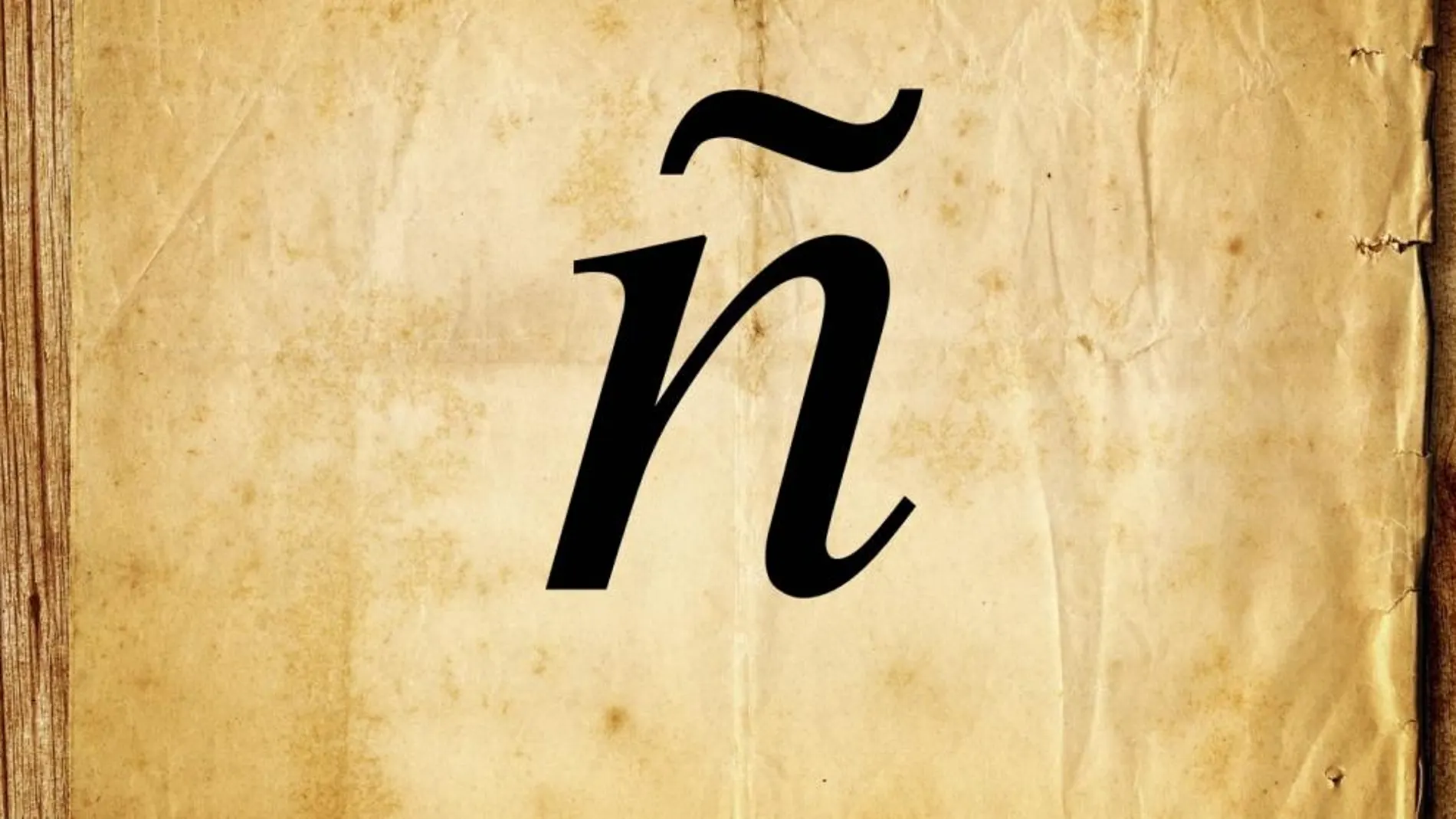The Versatile Power of ñ: A Deep Dive into Its Cultural and Linguistic Significance

The letter “ñ” is more than just a character in the alphabet; it’s a symbol of cultural identity and linguistic heritage. Found predominantly in the Spanish language, this unique letter has a rich history and plays a vital role in differentiating meanings and pronunciations. In this article, we will explore the origins of “ñ,” its cultural significance, and its impact on the digital world. Let’s dive into the fascinating world of “ñ” and discover why this small letter holds such great importance.
The Origins and Evolution of ñ
The story of “ñ” begins in the Middle Ages, rooted in the need for scribes to save space and effort when writing. Originally, it was a shorthand for the double “nn” in Latin. Over time, the tilde (~) above the “n” was added, evolving into the distinct letter we recognize today.
Medieval Manuscripts and Shorthand
In medieval Spain, scribes were tasked with copying texts by hand. To make their work more efficient, they developed a system of abbreviations. One such abbreviation was for the Latin “nn,” often found in words. By placing a small “n” above the first “n,” they created a shorthand that eventually became the tilde. This practice was not only practical but also paved the way for the development of the modern “ñ.”
Linguistic Standardization
As Spanish evolved from Latin, so did its alphabet. The Real Academia Española (Royal Spanish Academy), established in the 18th century, played a crucial role in standardizing the Spanish language. The inclusion of “ñ” in the official alphabet was a significant step in distinguishing Spanish from other Romance languages. This standardization helped solidify the letter’s place in written and spoken Spanish, ensuring its continued use and recognition.
Global Influence
The influence of Spanish colonization spread the use of “ñ” to various parts of the world, including Latin America, the Philippines, and parts of Africa. As a result, the letter became embedded in the cultural and linguistic identities of these regions. Today, “ñ” is used by millions of people worldwide, serving as a reminder of Spain’s historical and cultural impact.
Cultural Significance of ñ

The letter ñ is more than a linguistic symbol; it holds deep cultural significance, especially in Spanish-speaking countries. It represents heritage, identity, and pride for many people.
A Symbol of Identity
For Spanish speakers, “ñ” is a symbol of their linguistic and cultural identity. It distinguishes their language from others and embodies a sense of belonging. This unique character is often found in names, words, and expressions that are integral to Spanish culture. It’s not uncommon to see people proudly display “ñ” in their names, as it connects them to their heritage and roots.
Literary and Artistic Influence
“ñ” has also left its mark on literature and the arts. Renowned authors like Gabriel García Márquez and Pablo Neruda have used the letter in their works, contributing to its literary significance. In the arts, the letter has inspired various forms of expression, from visual art to music, reflecting its cultural importance. The presence of “ñ” in literature and art highlights its role in shaping cultural narratives and preserving traditions.
Political and Social Symbolism
In some contexts, “ñ” has taken on political and social symbolism. During periods of cultural suppression, such as under Francoist Spain, the letter became a symbol of resistance and resilience. It represented the preservation of cultural identity and linguistic freedom. In contemporary times, “ñ” continues to symbolize the fight for cultural recognition and the importance of maintaining linguistic diversity.
The Digital Age and ñ
The digital age brought about new challenges and opportunities for the letter “ñ.” From encoding issues to its role in social media, “ñ” has navigated the complexities of the digital world.
Encoding Challenges
Initially, the digital representation of “ñ” posed challenges due to the limitations of early computer encoding systems. ASCII, one of the first encoding standards, did not include “ñ,” leading to difficulties in writing and displaying the character online. However, the development of Unicode, a more comprehensive encoding standard, addressed these issues. Unicode includes “ñ” (U+00F1), ensuring its correct representation across digital platforms.
Social Media and Global Communication
In the age of social media, “ñ” continues to play a crucial role in communication. Platforms like Twitter, Facebook, and Instagram have adapted to support various languages, including those that use “ñ.” This adaptation allows users to express themselves accurately and maintain their cultural identity online. Additionally, the use of “ñ” in hashtags and usernames has become a way for people to connect with their heritage and communities.
The Future of ñ in Technology
As technology advances, the integration of “ñ” in digital systems will likely continue to improve. Voice recognition software, translation tools, and other language technologies are increasingly accommodating diverse linguistic features, including “ñ.” This progress ensures that “ñ” will remain an integral part of digital communication, reflecting its enduring significance in the modern world.
The Importance of Preserving “ñ”
Preserving “ñ” is not just about maintaining a letter in the alphabet; it’s about safeguarding cultural and linguistic diversity.
Linguistic Diversity and Cultural Heritage
Linguistic diversity is essential for preserving cultural heritage. “ñ” represents a unique aspect of the Spanish language and its regional variations. By valuing and preserving “ñ,” we contribute to the richness of global linguistic diversity. This preservation is crucial for future generations to understand and appreciate their cultural roots.
Educational Efforts
Educational efforts play a vital role in preserving “ñ.” Teaching the history and significance of the letter in schools helps students appreciate its cultural importance. Additionally, promoting the use of “ñ” in digital literacy programs ensures that young people can accurately represent their language in the digital age. These educational initiatives foster a sense of pride and responsibility towards linguistic heritage.
Advocacy and Awareness
Advocacy and awareness campaigns also contribute to the preservation of “ñ.” Cultural organizations, linguistic societies, and community groups often promote the use of “ñ” and educate the public about its significance. These efforts help raise awareness about the importance of maintaining linguistic diversity and encourage people to embrace and celebrate their cultural identity.
Conclusion
The letter “ñ” is a small but mighty symbol of cultural and linguistic identity. From its origins in medieval shorthand to its role in modern digital communication, “ñ” has proven to be a resilient and significant character. Its cultural importance, literary influence, and digital adaptation highlight its enduring relevance. By preserving and celebrating “ñ,” we honor the rich heritage it represents and ensure its place in the future of global communication.





